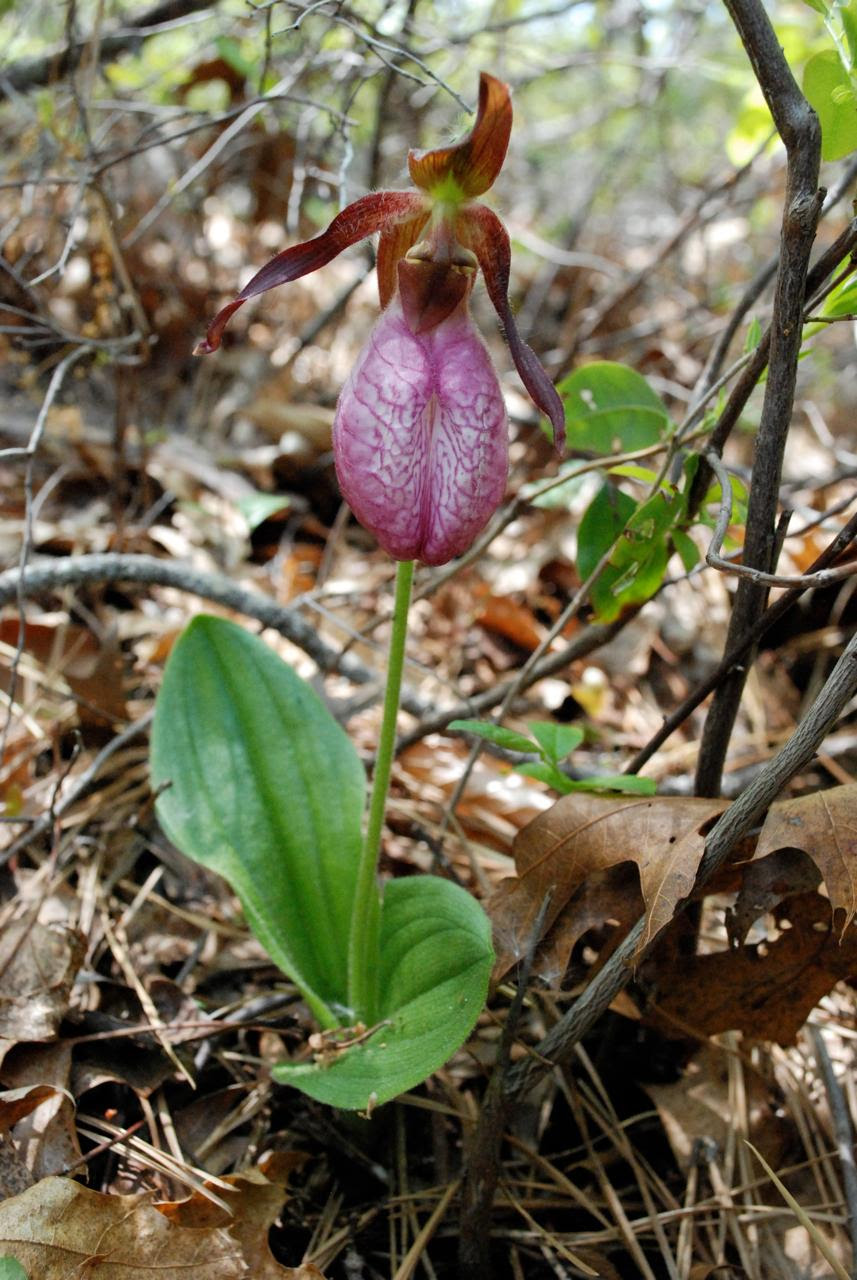
PRESERVE SPOTLIGHT 2022
~~~~~~~~~~~~~~~~~~~~~~~~~~~~~~~~~~~~
Stewardship Update
—– Harold A. Reese Preserve —–
—– Posted 10.3.2022 —– 
New Trail Opens at Reese Preserve
The Harold A. Reese Preserve in Southold is now open to hikers. This summer a 1/2 mile trail connecting the preserve to the adjacent Wolf Preserve trail network was completed. Passing through woodlands and along wetlands, you can go from North Bayview Road to Bayview Road.
Acknowledging that people with mobility restrictions have a hard time enjoying the outdoors, the Trust designed the trails to remove some of the barriers to access. All trails have been widened to six feet to accommodate wheelchairs and strollers and leveled to maintain an approximate grade of 0-3 %.
——————-

New kiosk signs at both trailheads feature an updated trail map (shown above) and information in both English and Spanish. We’re planning to add more informational signs along the trails to help you discover the species and history of the Great Hog Neck Peninsula. Also, the stewardship department maintains four native plant nurseries for future native plantings at the preserves, in addition to the 600 plants added last Spring.
Help us improve accessibility on our preserves! The Trust is currently fundraising to improve the trail system at the Wolf and Reese Preserves. We’re grateful to the generous support of the preserves’ neighbors and friends who have made this work possible so far!
For more information, you can contact Matt Swain, Director of Stewardship and Geographic Information Systems or Amanda Abraham, Director of Development.
_______________________________________________________

Preservation Milestone
—– ANDREW SABIN NATURE PRESERVE —–
——————
32-Acres Donated to the Trust in 1997
25th Year, 2022
———————————–
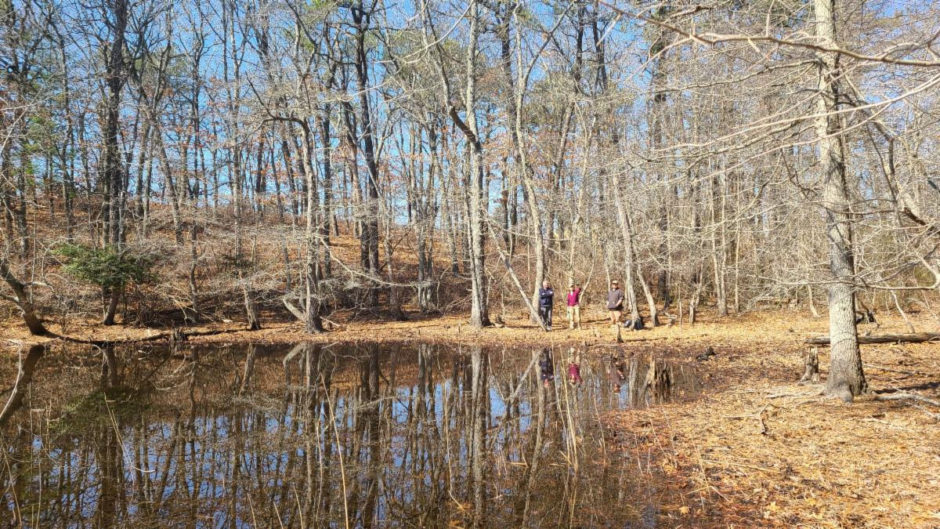
|
~~~~~~~~~~~~~~~~~~~~~~~~~~~~
|
|
| Now just past its 25th birthday, the preserve is home to a diverse community of fauna and flora. In addition to the Tiger salamander, turtles, dragonflies, lady slippers and more can be found on the preserve. Over 25 acres of woodlands accompany two areas of freshwater wetlands.
~~~~~~~~~~~~~~~~~~~~~~~~~~~~ |


============================================
Conservation News
—– BROAD COVE —–
100 Acre Former Duck Farm Acquired in Riverhead
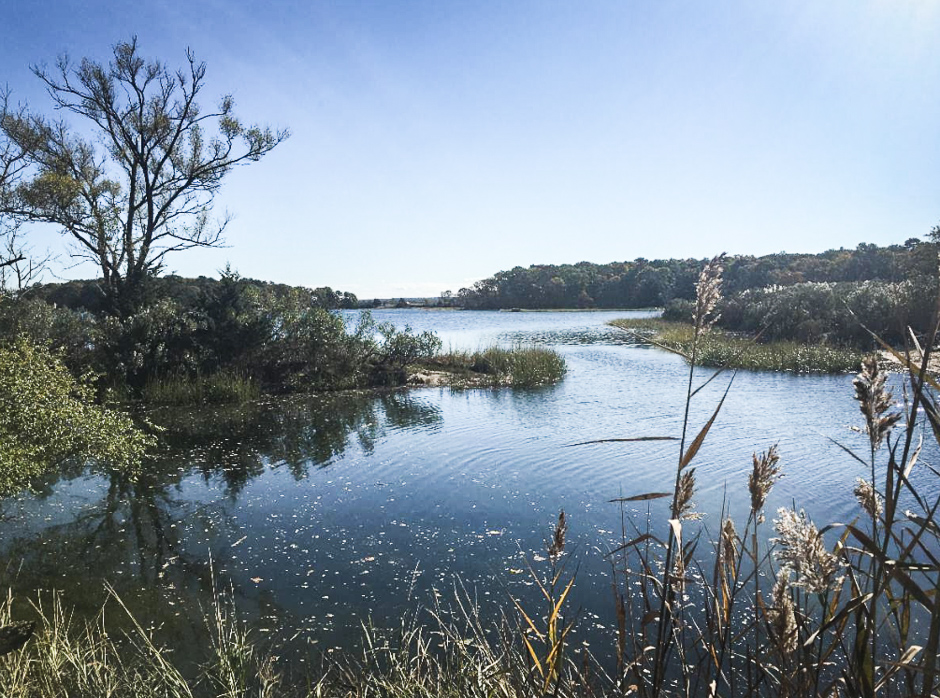
“Our family is thrilled with this outcome,” said Andreas Weisz, managing partner of Walo, LLC who owned the property. His grandfather, Stanley Weisz, acquired the land over 30 years ago. “My grandfather always wanted to see the land preserved, what we called the duck farm. We see this as his legacy,his pride and joy.”
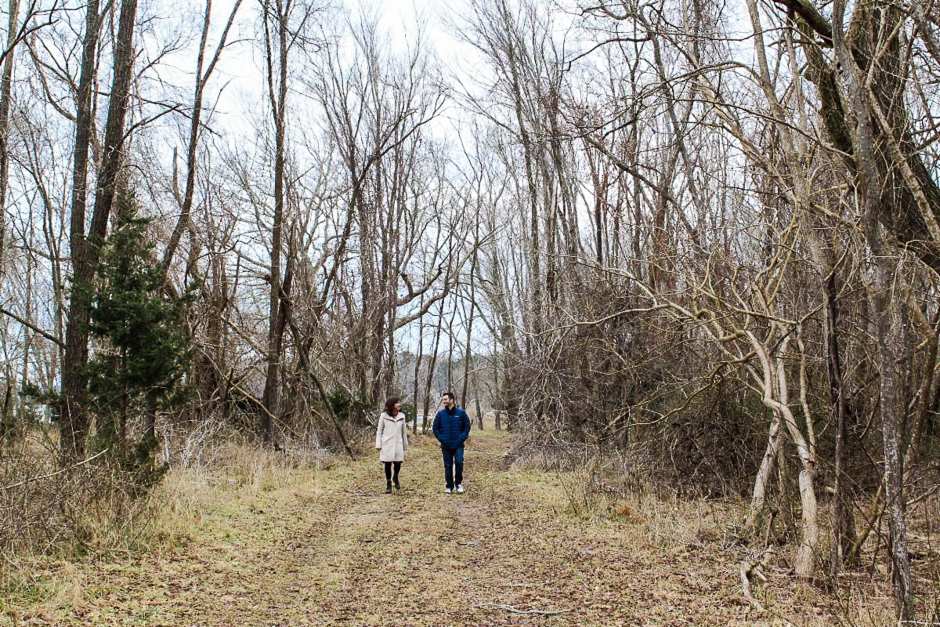
“We’re thankful to the owner for working with us to conserve this incredible property,” said John v.H. Halsey, President, Peconic Land Trust. “We also thank our supporters for stepping up at this time to loan the Trust the funds necessary to complete the acquisition quickly. By acting when we did, we were able to secure the conservation that has alluded this property for so long.”
Acting DEC Regional Director Cathy Haas said, “We commend our colleagues at the Peconic Land Trust for their work to protect this one-of-a-kind parcel. For decades the Broad Cove property has topped government acquisition lists, including New York State’s Open Space Conservation Plan. This acquisition is a great step toward permanent protection of a landmark property and DEC looks forward to continuing to work with Peconic Land Trust in their ongoing work.”
“We had very little time, but we couldn’t let Broad Cove slip through our fingers,” Halsey said. “It’s so important to the Peconic Bay Estuary for climate change resiliency, water quality, and plant and animal habitats.”

“Over the past six months, as we were working out the details, I’ve spent so much time walking the land. I’ve come to appreciate how special it is – its peacefulness and the crystal-clear waters of the canals. Ideally, this is what this land should be – a nature preserve and a place for people to enjoy the woods, the water. I look forward to visiting in the future with my family,” added Andreas.
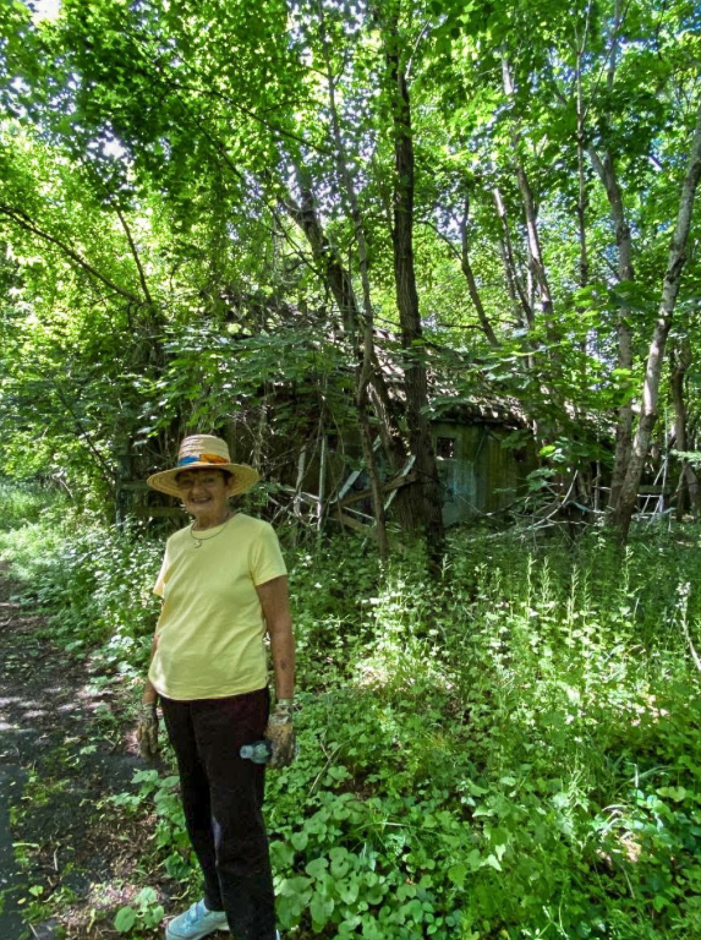
Susan Holden, current Orient resident and granddaughter of Joseph P. Celic Sr., speaking on behalf of the Celic family said “Our family is so delighted that the Peconic Land Trust has saved this very special piece of waterfront property from development. We look forward to supporting its restoration and supplying the Trust with historical information of its time as one of the largest producers of famous Long Island duckling.”———————–
Restoration Continues
at the Widow’s Hole Preserve
~~~~~~~~~~~~~~~~~~~~~~~~~~~~~~~~~~~~
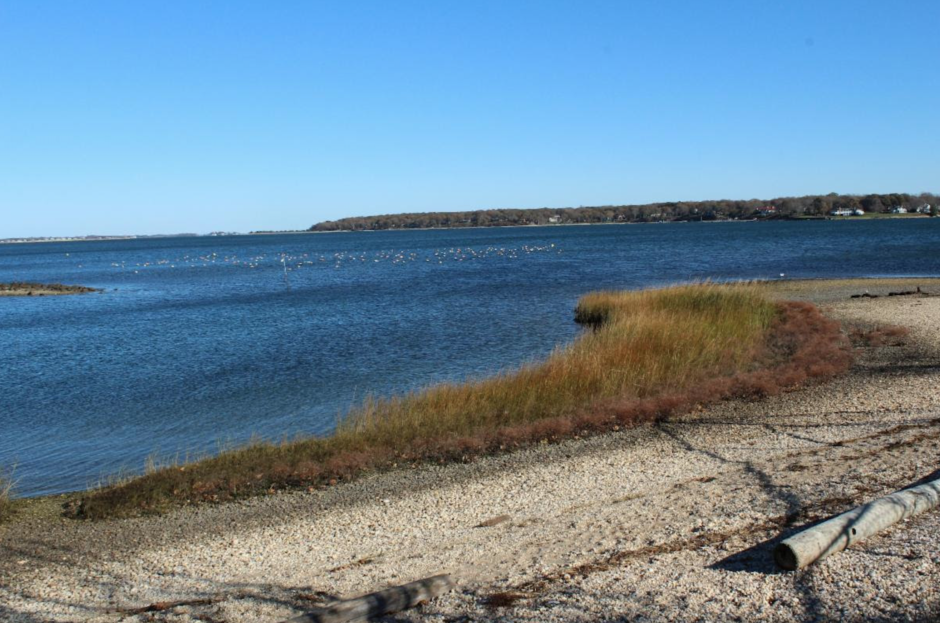
Good news for fans of the
Widow’s Hole Preserve in Greenport!


